Fresh from the pleasure of unveiling two surprise concept cars at the Geneva motor show – the widely admired Fiat Centoventi and the Alfa Romeo Tonale – FCA Group design chief Klaus Busse and his team now have the pleasure of being able to walk 500 metres from their studio to step into the past and admire more than 250 historic Fiats, Alfa Romeos, Lancias and Autobianchis.
They can do this because FCA’s new Heritage Hub, housed in a huge industrial building within Fiat’s Mirafiori factory and engineering complex in Turin, is where the design centre is also housed. The former Officina 81 once manufactured transmission components, but now its sympathetically restored 15,000 square metres of space is dedicated not only to displaying a fabulous array of heritage cars but also providing a meeting place for designers, engineers, marketing personnel and everyone else inside the group, with the aim of providing an inspirational setting for discussion. Better still, the Hub will also be open to the public.

FCA chairman John Elkann says the Hub’s opening is part of activities begun in 2005 “to give more value to the Mirafiori plant”. This factory complex is considerably less busy than it was 20 years ago, and part of this more recent reimagining of its use involves opening some of the space to the public.
“We tore down the wall between the plant and the city, and there are offices in the plant for CNH [Case New Holland, the agricultural machinery manufacturer], Centro Stile, Abarth and IT,” says Elkann.
“The Hub shows our heritage in terms of innovation – we have written the history of car making.”
‘Co-written’ would be more realistic, but there’s no question that Fiat has been a huge force in the advance of car mass-production, not least with robots and platform-sharing. “What we believe matters is the strength of the thought behind the idea to innovate,” Elkann continues. “Innovation is the best guarantee to continue building the future.” To that end, the electric Cinquecento, which was announced by the late Sergio Marchionne last June, will be built at Mirafiori.

Design chief Busse clearly relishes the proximity of all this history. “The idea is not to be able to copy details from previous models but to be aware of the weight of the past,” he says. “Every day I will pick one car to look at. It’s a good way to recharge the batteries. This will give me a lot of joy.”
That joy is the result of the efforts of former design chief and Cinquecento designer Roberto Giolito, now head of FCA’s Italian heritage activities. Giolito and his team have conceived the space not merely as a place in which to store cars but a building in which new ideas might be inspired. “It’s about creating an atmosphere. The aim is to interconnect different departments,” he says, envisaging walk-arounds with designers and engineers. “We want to create high value in terms of results. It’s a timeless place of contemplation.”
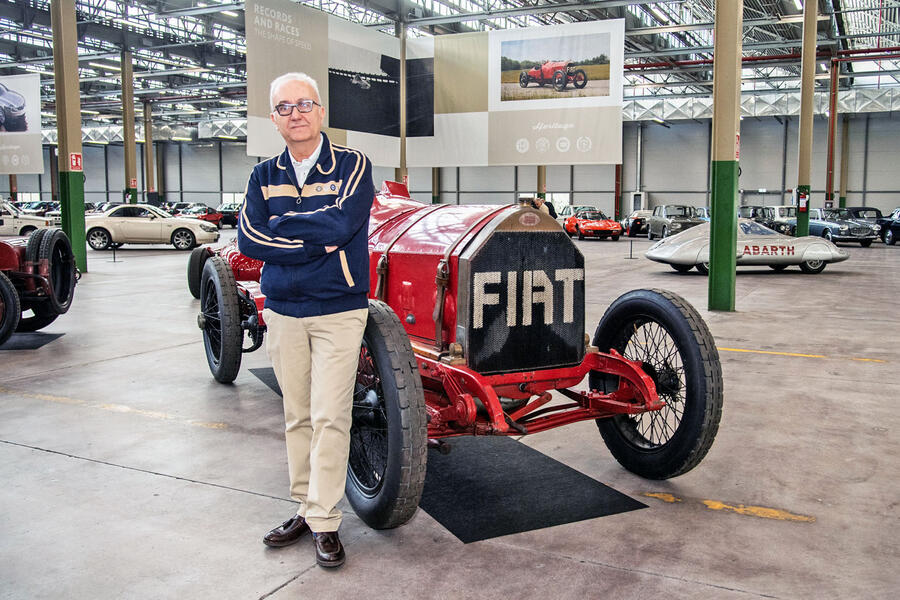
There’s certainly plenty to contemplate. Apart from several long rows of cars arranged in echelons, the centre of the building houses eight themed exhibitions of cars. Among them are ‘Archistars’ – segment-defining models such as the 1936 Fiat Topolino, 1955 Fiat 600 and the 1980 Fiat Panda, as well as Concept and Personalised cars, Eco and Sustainable concepts, rally cars, racers, style landmarks, safety car concepts and cars that have embarked upon epic journeys.
It’s astonishing to realise how many cars FCA has been squirrelling away, its collecting habit further fuelled by the decision, taken in 2015, to keep the first example of every new model made, says Giolito. The themes will change over time, of course, keeping this truly impressive exhibition fresh for the people it’s designed to inspire and for the public who might visit. And if you’re in Turin, it’s well worth the effort. In the meantime, we can wait to hear, hopefully, about the ideas germinated amid all this history.
Here’s some highlights:
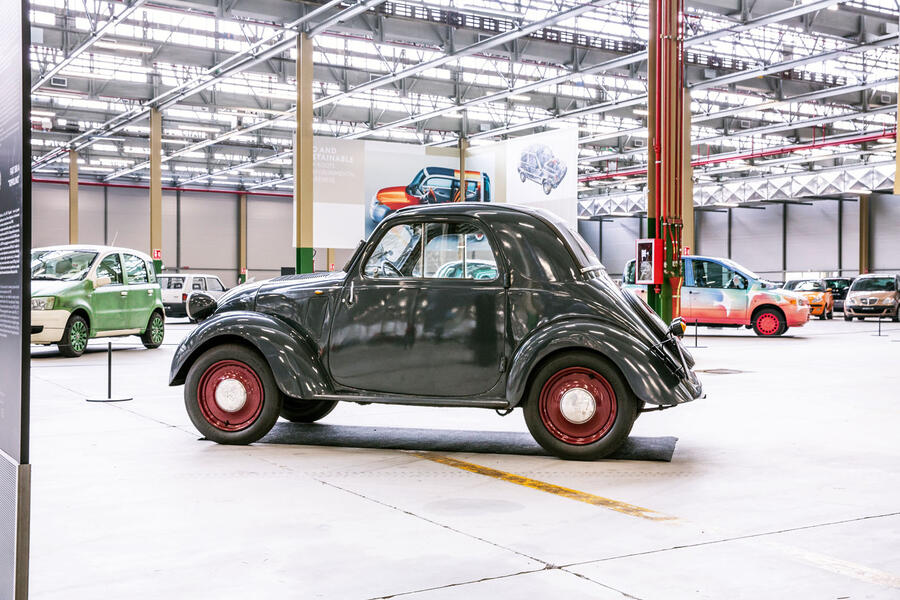
1936 Fiat Topolino: Fiat’s first 500 soon became known as the Topolino – ‘Little Mouse’ – and was one of the smallest cars you could buy. Despite this, it was offered in convertible, two-door saloon and van forms, and later as an estate. During the 19 years it was made there were three generations and 520,000 were built, contributing significantly to the motorisation of Europe.
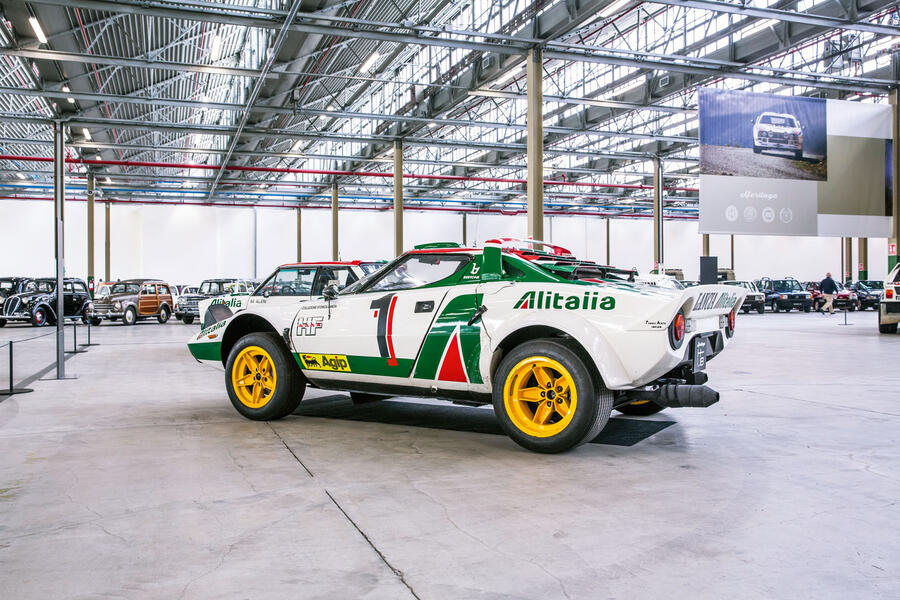
1975 Lancia Stratos: A spectacular car in spectacular colours, the Ferrari Dino V6-powered mid-engined Stratos won the World Rally Championship in 1974, ’75 and ’76, driven by Sandro Munari and Bjorn Waldegard. Probably the best-looking rally car ever, and one of the most successful.
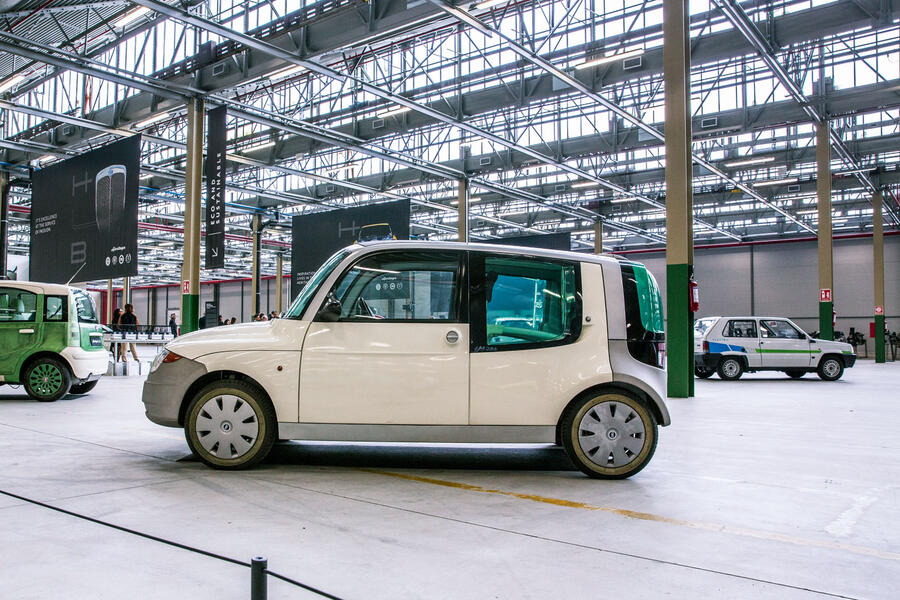
1999 Fiat Ecobasic: The Roberto Giolito-designed EcoBasic is now 20 years old but still looks tomorrow’s car. An amazing 88% of its internal volume was dedicated to like passengers and luggage, yet it had a Cd of only 0.28. Fiat built 10 prototypes.
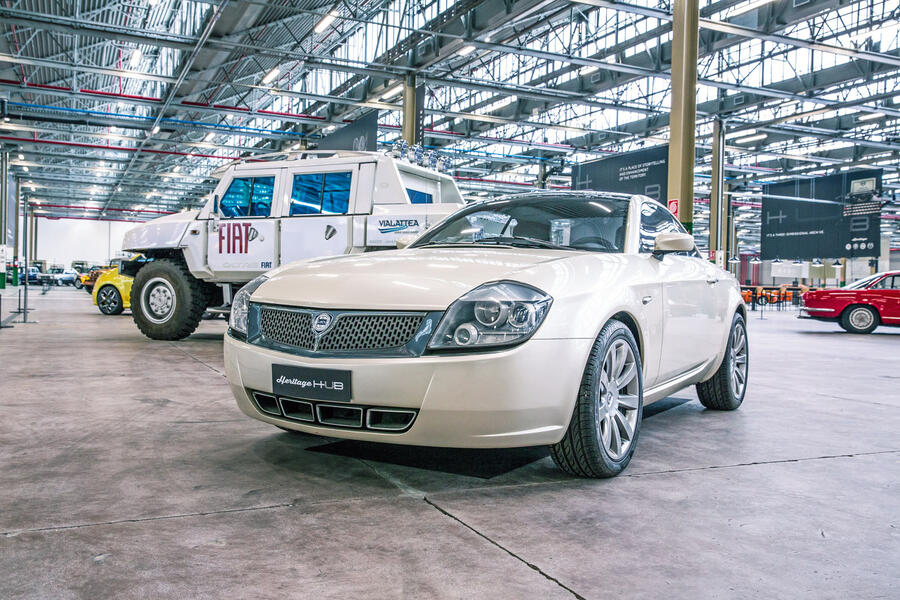
2003 Lancia Fulvietta: This exceptionally pretty update of the 1965 Fulvia Coupé was intended to spearhead a renaissance of Lancia. The meat of the range was to be the new Ypsilon and Delta, as well as a badge-engineered Chrysler 300C to replace the Kappa saloon. The relaunch was coming here, too, but was abandoned late enough that UK Fiat dealers had the banners and bunting at the ready.
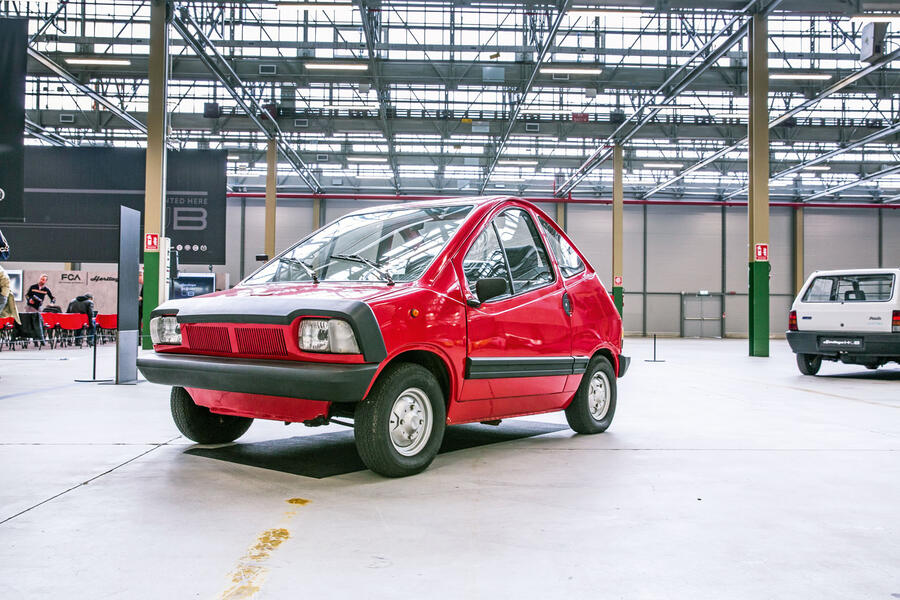
1972 Fiat X1/23: This pitch-roofed two-seater was Fiat’s exploratory city car for the 1970s. Originally petrol-engined, it reappeared in 1976 with a 13.5bhp electric motor. Its range was only 50 miles despite regenerative braking and a top speed of only 45mph. Primitive lead-acid batteries and an 820kg weight were largely to blame.
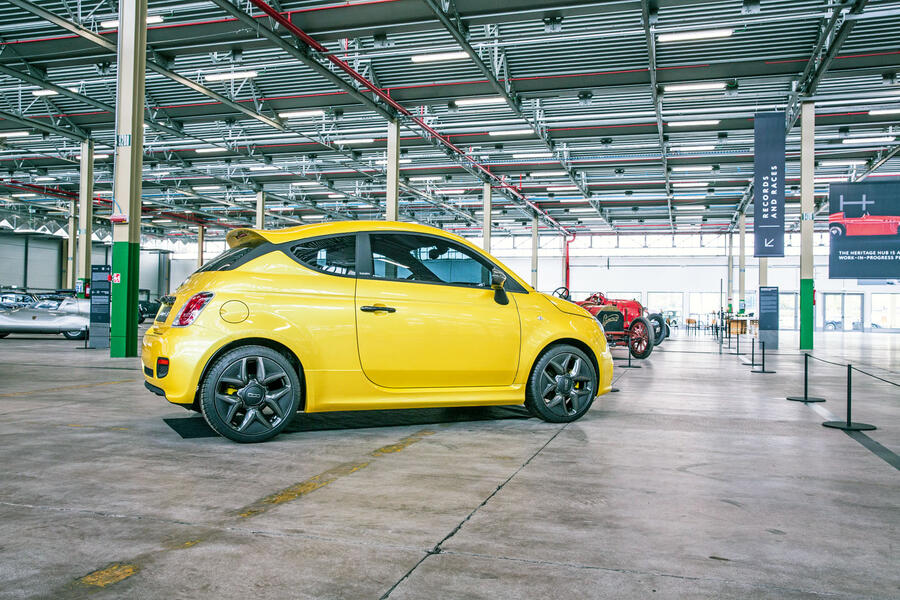
2011 Fiat 500 Zagato: Lightly reworked by Zagato to feature the coachbuilders’ signature double-bubble roof, this coupé version of the 500 appeared at the 2011 Geneva show, where it also showcased the more powerful 104bhp version of the fizzy little Twinair engine.
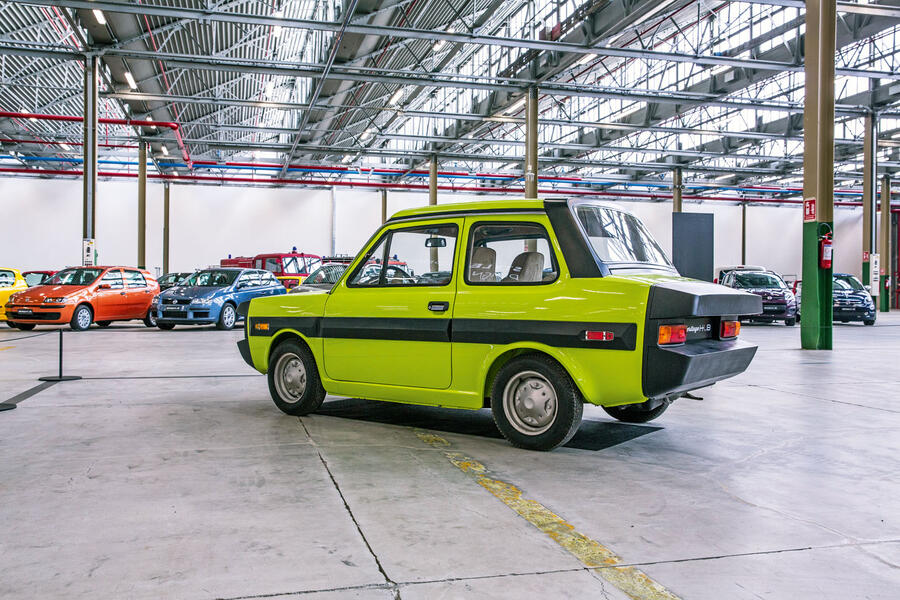
1972 Fiat E.S.V. 1500: You might recognise Fiat 126 doors and windows in this oddball bumper car, which was actually based on the preceding 500. An Experimental Safety Vehicle built by Fiat in the early 1970s, it was a response to the US’s National Highway Safety Bureau project exploring safer cars for the 1980s. Besides Fiat’s multi-car effort, Toyota, British Leyland, Nissan, Volvo and Mercedes also built prototypes. This Fiat’s extra reinforcements, soft cladding and interior padding pushed its weight to 680kg, or 1500lbs – hence the name – which may have been making a political point. Fiat built 13.
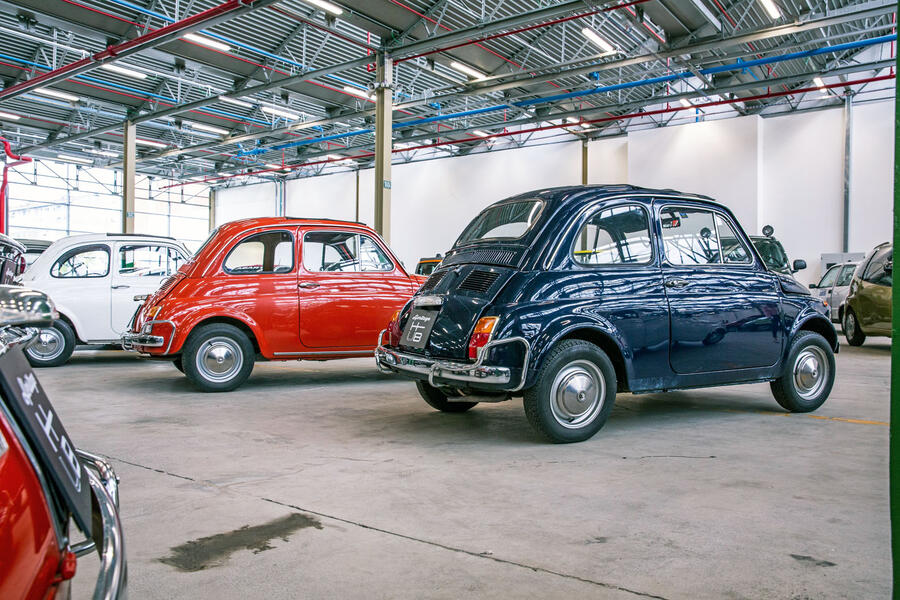
1957 Fiat 500: Several varieties of Fiat’s most famous model include this twin-cylinder charmer as well as the current version.
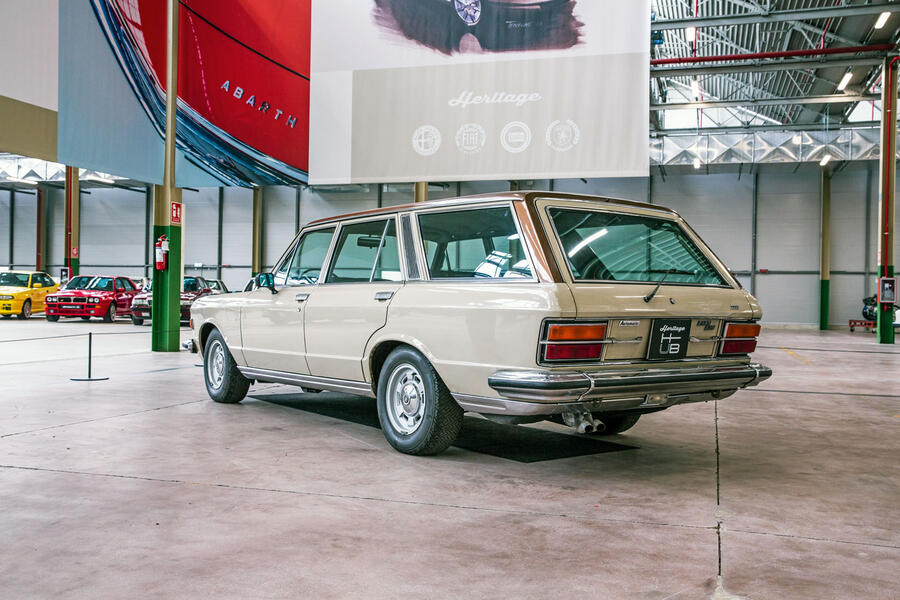
1971 Fiat 130 Familiare: This wagon is one of four specially built for the Agnelli family that owned and ran Fiat. The 130 saloon was one of a number of models to establish the idea that Fiat was not so good at developing large cars.
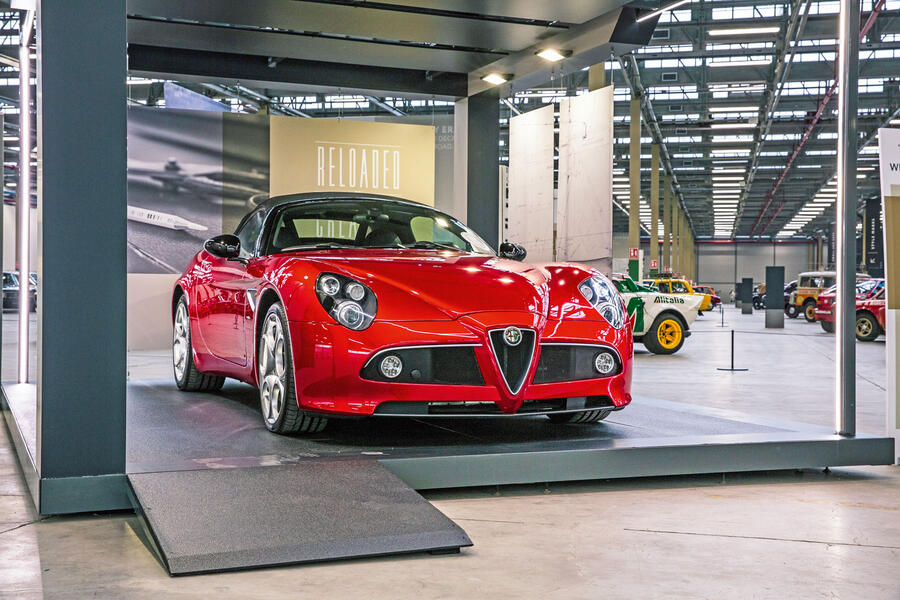
2009 Alfa Romeo 8C Spider: This one’s for sale, with no refurbishment required, having covered a handful of kilometres during its life within the company. Checked over by Heritage and issued with a certificate of authenticity, it is in effect a new car. The 444bhp 8C was a limited-edition model appearing first as the Competizione coupé and then a Spider. Maserati built 500 of each for Alfa.
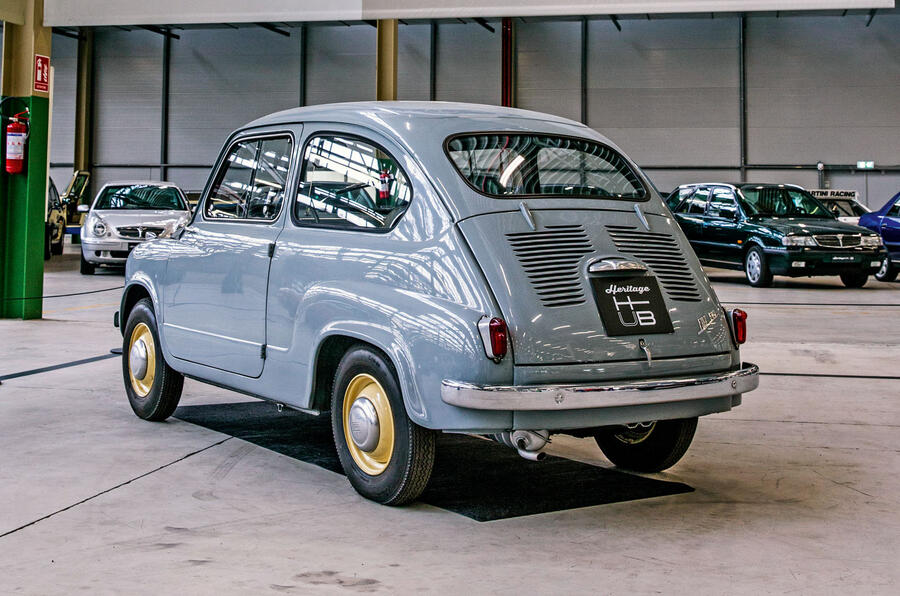
1955 Fiat 600: This is a production 600, of which almost five million were built. When the millionth was made in 1961, Fiat was manufacturing the car at the rate of 1000 a day. It was also built in Chile, Malaysia, Australia and Colombia, and its manufacture by Zastava contributed almost one million units to the 2.7 million built by Fiat.
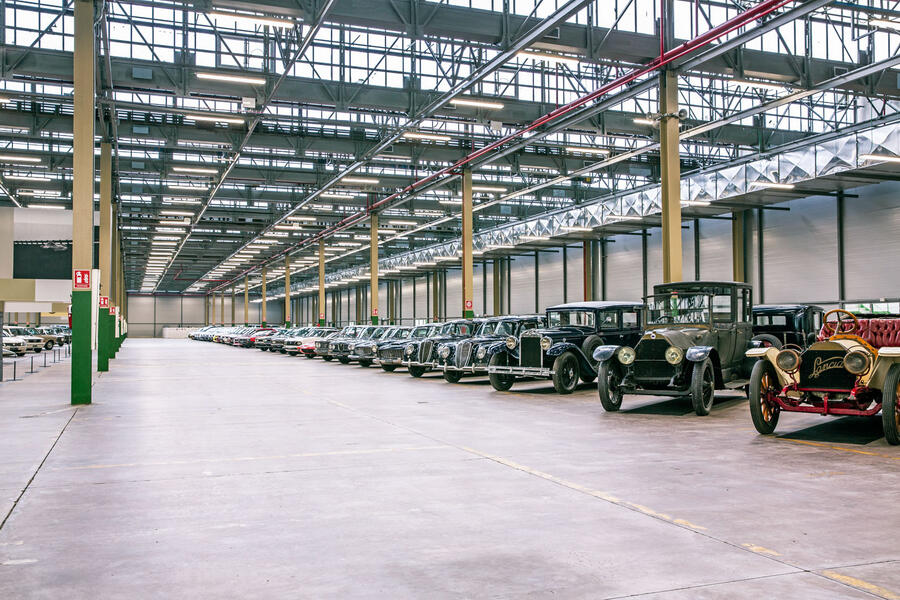
Line of Lancias: There are Lancias from the beginning to what is now not quite the end (it turns out that the current Ypsilon supermini will be replaced after all). There are landmark models like the Lambda, the first production car with a monocoque body, the Aurelia, the Fulvia and the Delta Integrale, as well as various incarnations of the Beta, the model whose bodywork’s urge to return to earth dealt Lancia a near mortal blow.
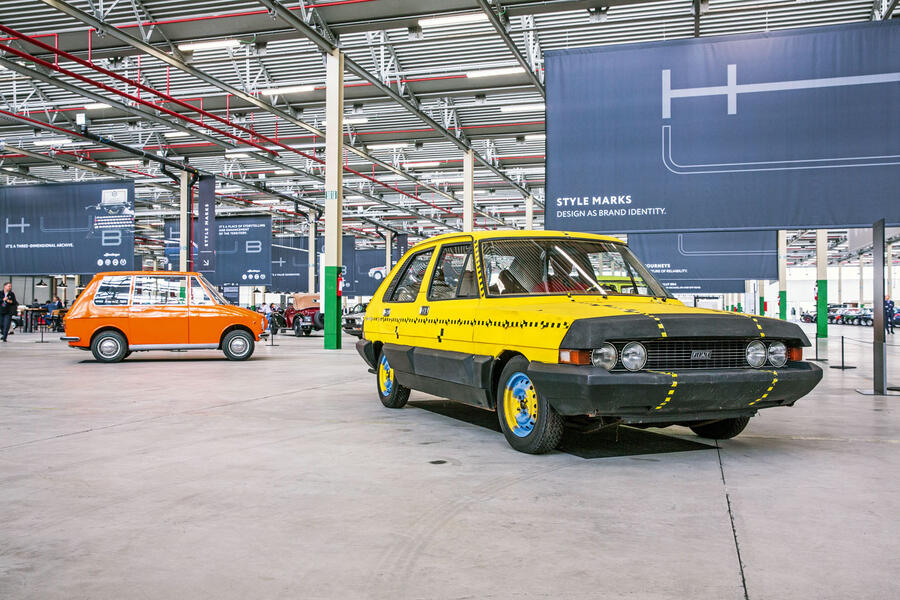
1972 Fiat E.S.V. 2000: Another Experimental Safety Vehicle, this one a four-door based on the 128 – although this looks more like the Strada that succeeded Fiat’s small front-drive saloon. The rubber buffers, body reinforcements, cabin padding and high-back seats added 360kg to the 128’s weight, for a total of 1165kg. That was thought heavy at the time but would be light today.
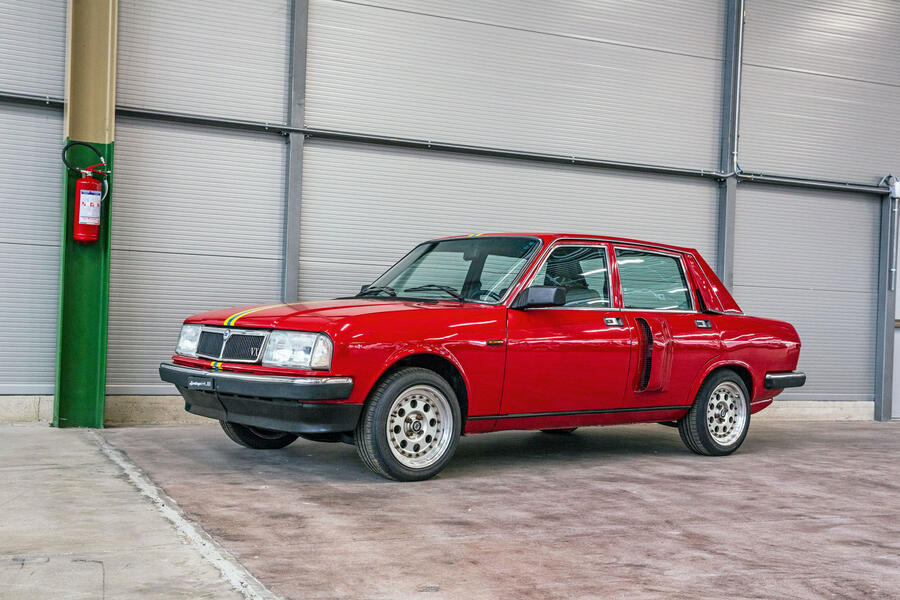
1984 Lancia Trevi Bimotore: The Trevi was odd in standard form, but this Beta saloon facelift sported baroque D-pillars and an elaborate dashboard. This rally prototype was devised by Giorgio Pianta as a potential successor to the Lancia 037. Pianta explored four-wheel drive options by installing a second powertrain in the back – hence the air intakes in its rear doors. The car was too heavy but it was a useful test vehicle which led to the Lancia Delta Integrale.
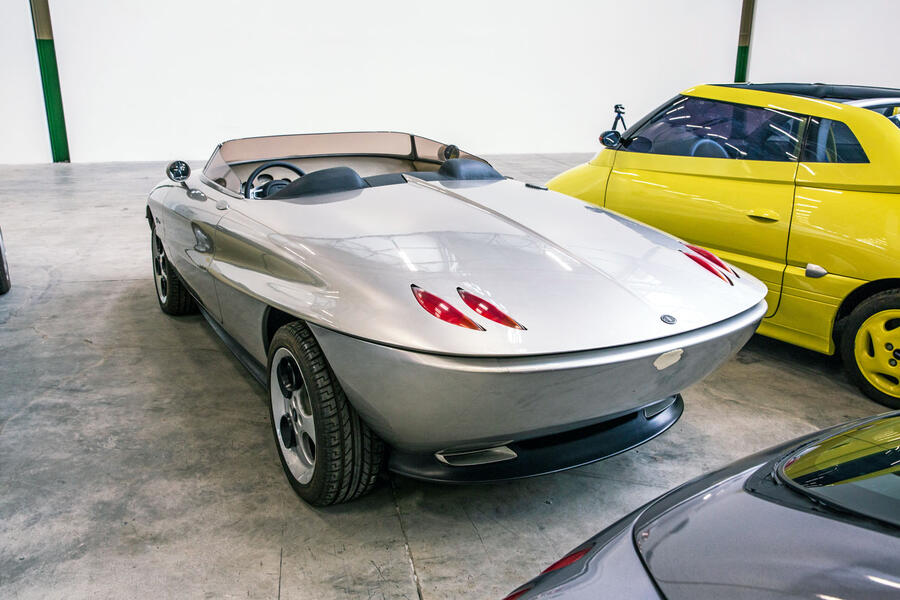
1993 Fiat SCIA 3169: The Scia was a finger in the wind to test the reaction to a new Fiat sports car. Designed by Fiat Centro Stile and built by coachbuilders Maggiora, the Scia was inspired by small luxury boats – barchettas – and was indeed the trigger for the Fiat of that name. Like the Barchetta the Scia was based on Punto hardware but had an interior as elegantly spare as its body.
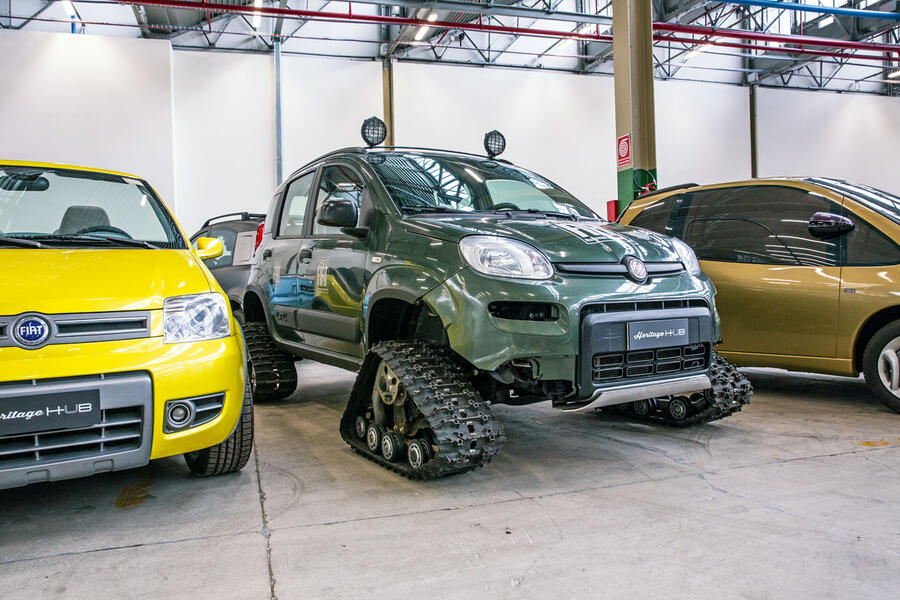
2012 Fiat Panda 4x4, Tracked: Among Italy’s Dolomite mountains can be found Chalet Fiat ski resort, which uses small tracked 4x4 Fiats to carry skiers up pistes. This Panda looks as cool as the snow it was built to crawl on.
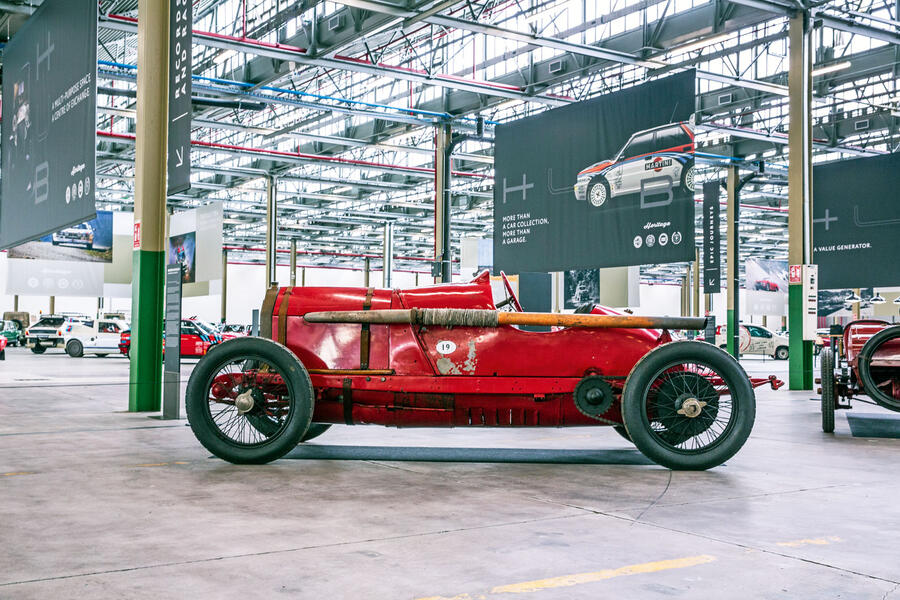
1908 Fiat S61: Just the 10 litres power this racing Fiat, one of five built for the Fiat Racing Team. It wasn’t merely brute cubic capacity that propelled this car – amazingly, its four enormous pistons were fired by twin plugs and four valves per cylinder, to produce 130bhp.
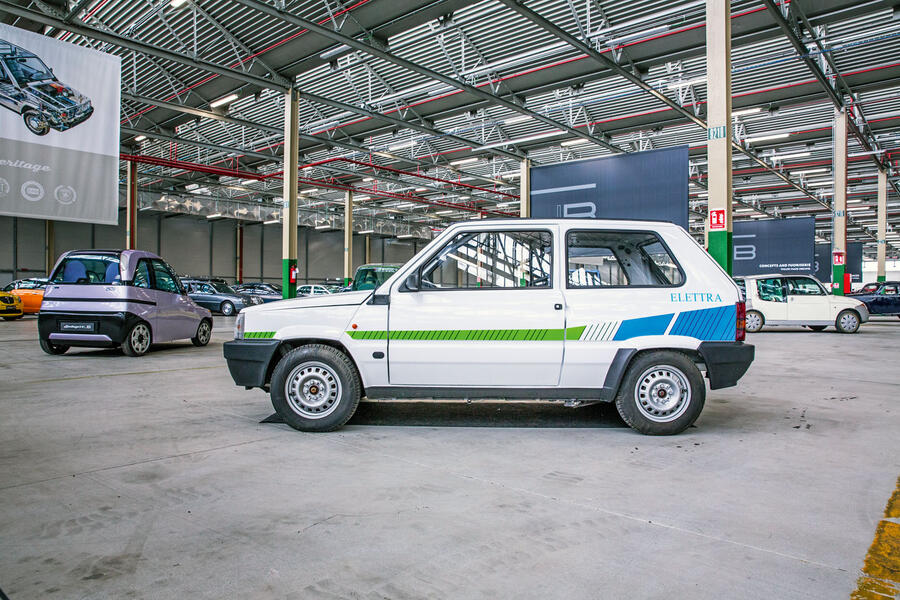
1990 Fiat Panda Elettra: With 19bhp to propel 1150kg, the electric Panda was never going to be fast. It was also a two-seater, the back seat ousted by batteries, and its journeys were brief. Power increased in 1992, to 23.8bhp (you count the 0.8 when dealing with portions this small), but with it came a price rise that made a Panda EV three times the price of a basic 750 petrol. Fitful whirring ceased in 1998.
FCA Heritage
Founded in 2015, FCA Heritage embraces not only the new Hub at Mirafiori but also the Alfa Romeo museum at Arese in Milan, home to more than 200 Alfas, and the Fiat Centro Storico archive in Turin, which houses another 30 cars. Centro Storico occupies the art nouveau buildings that were Fiat’s original workshops and displays artefacts from the wider Fiat Group, including aircraft, trains, trucks, bicycles, appliances and even ship engines. Also at Miafiori, within the Abarth buildings, is Officine Classiche, which restores and repairs classics and certifies the authenticity of cars.

FCA Heritage sells a small number of cars under its ‘Reloaded by Creators’ scheme, while a shop sells reproduced owners’ manuals, approved lubricants and merchandise, the last of which one might be tempted to ignore. That would be mistake, though, because many items are beautiful, not the least a series of nostalgically evocative images and posters.
Read more
New Fiat Panda could launch as early as 2021​
Alfa Romeo Tonale SUV to go on sale in 2020
Life with a 1974 Lancia Fulvia 3 1.3S​

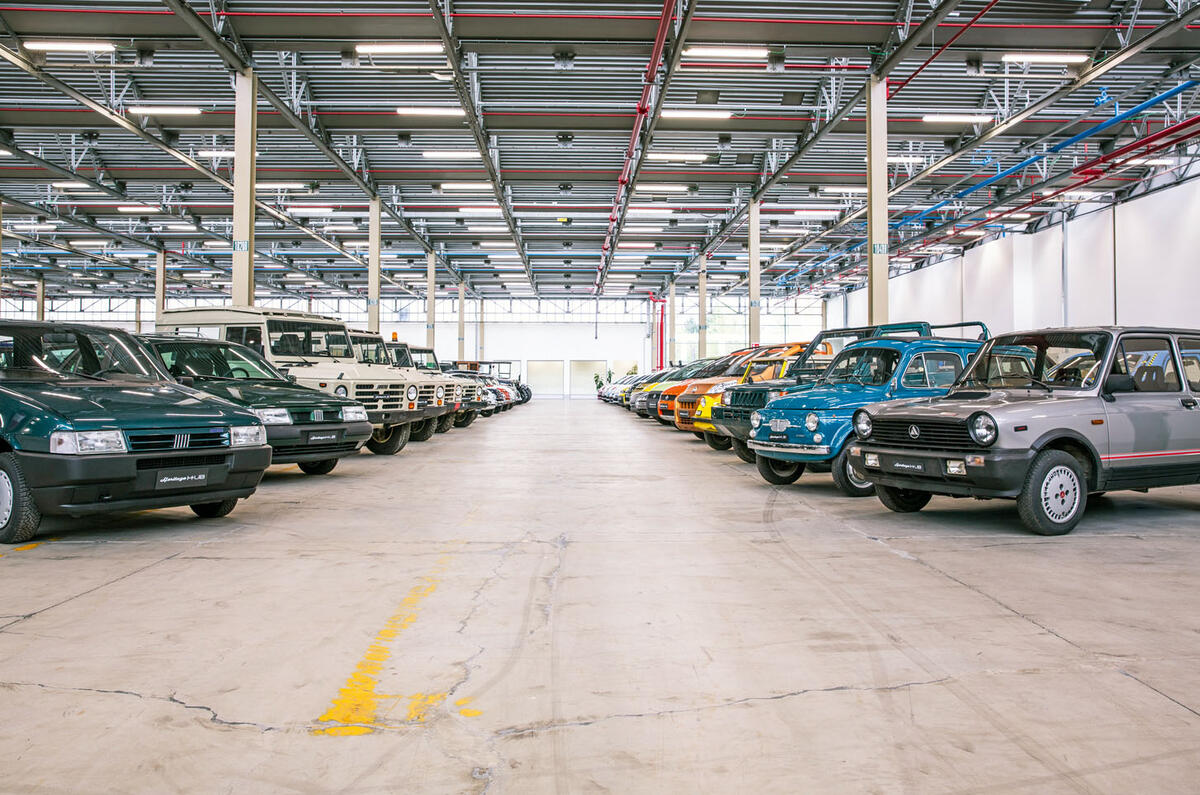
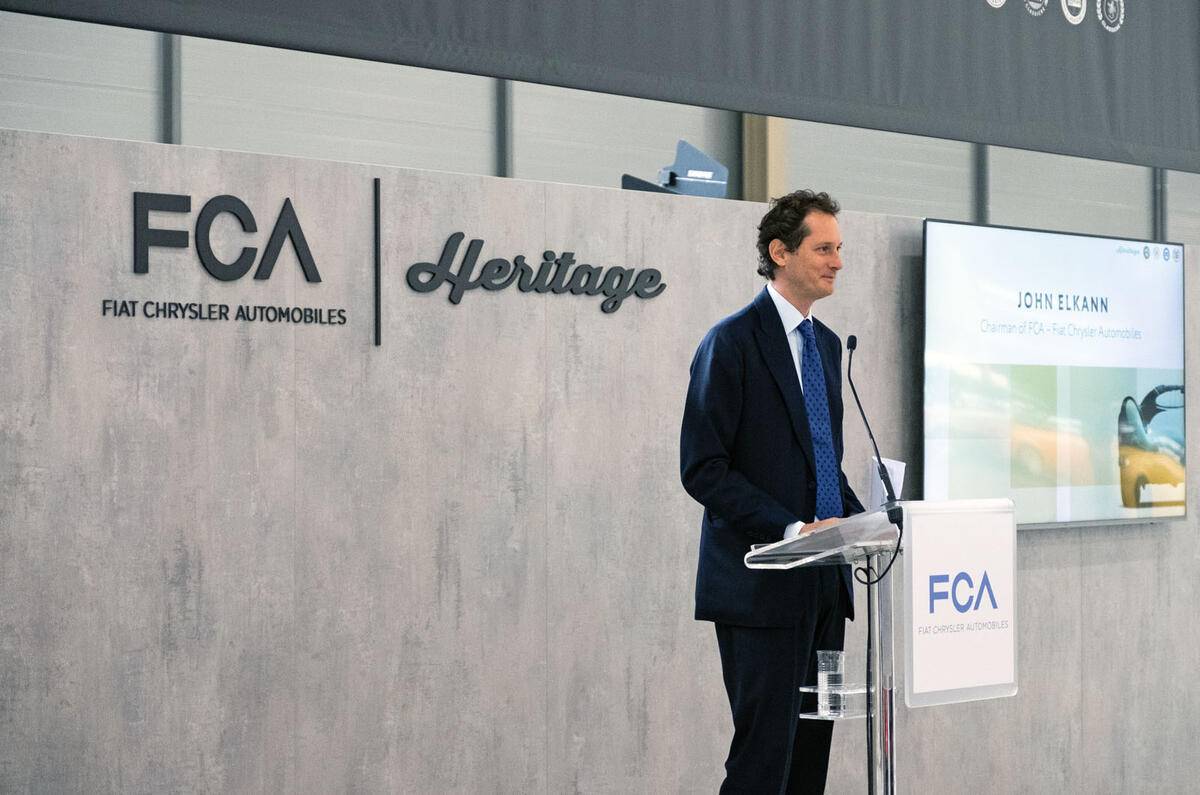

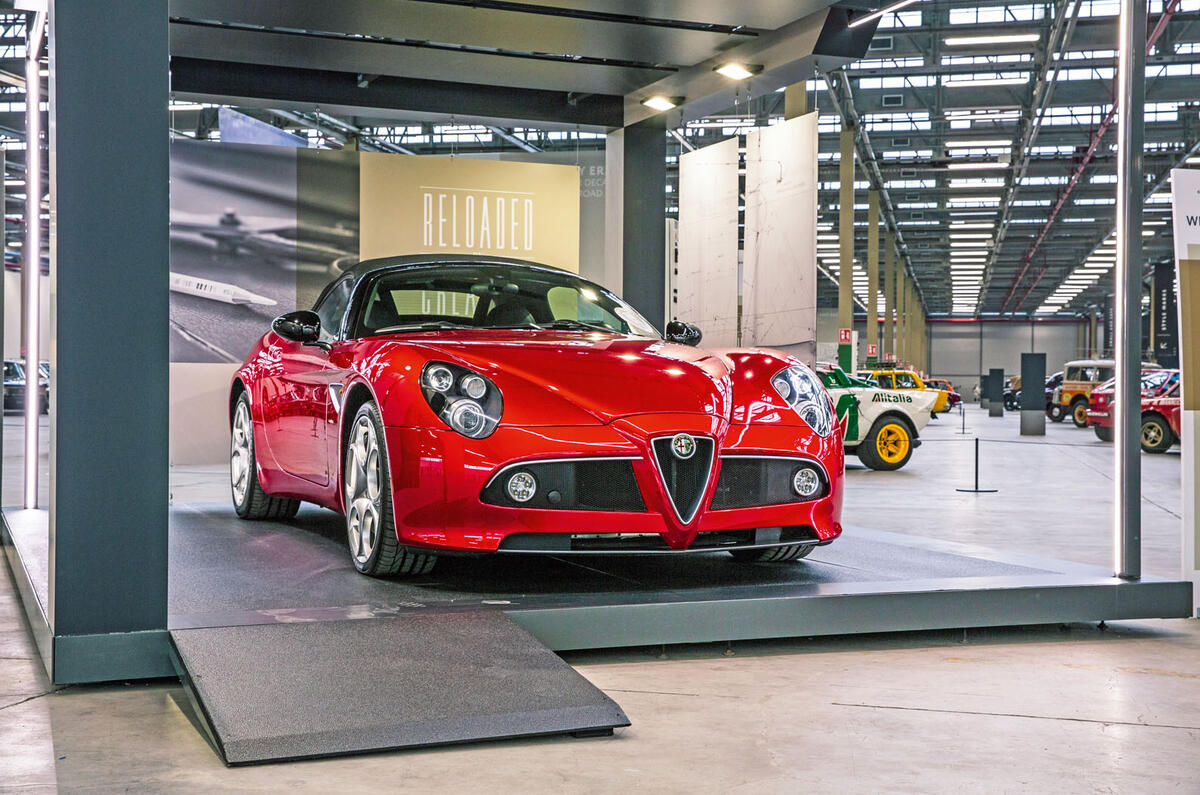
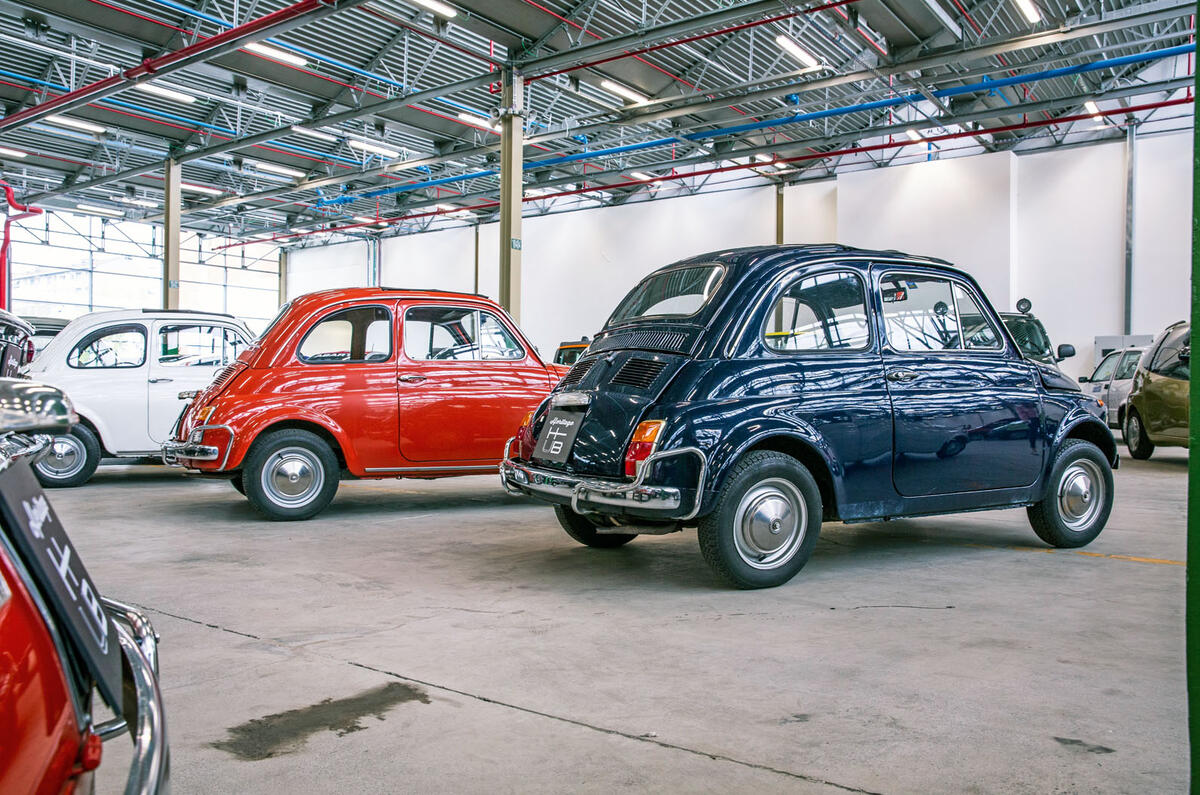
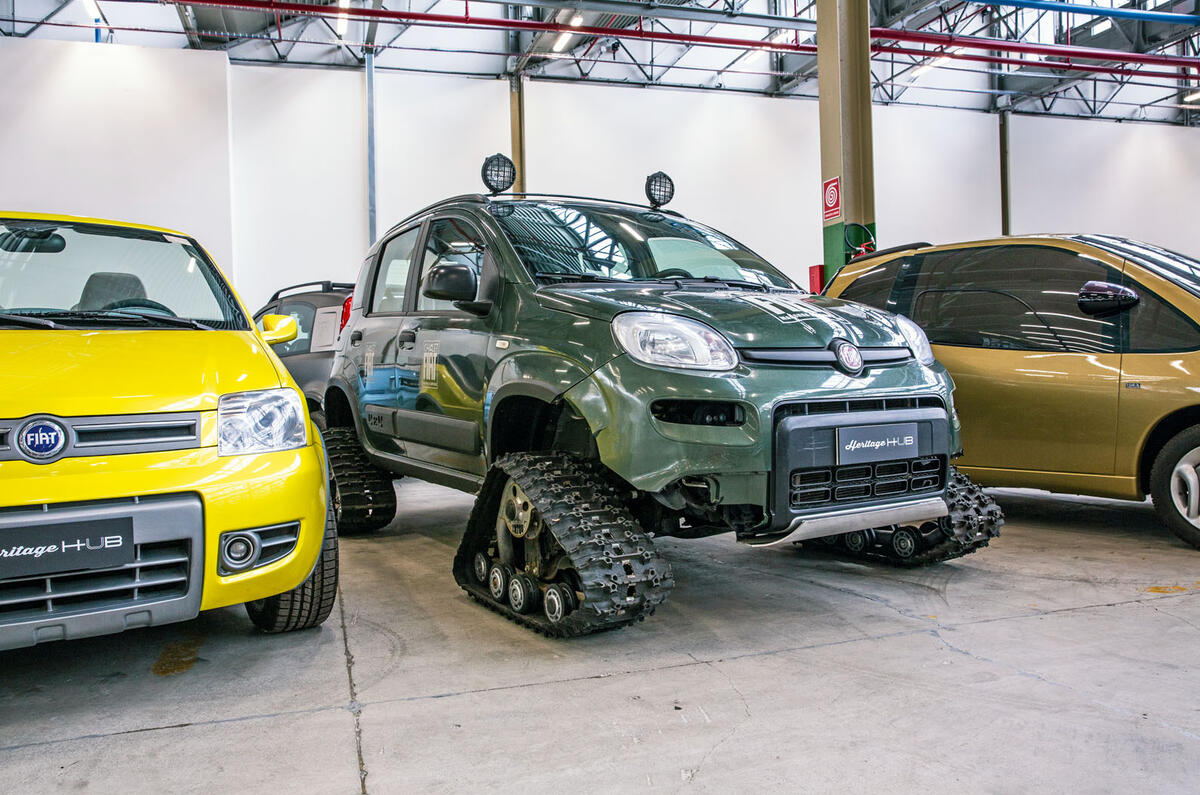
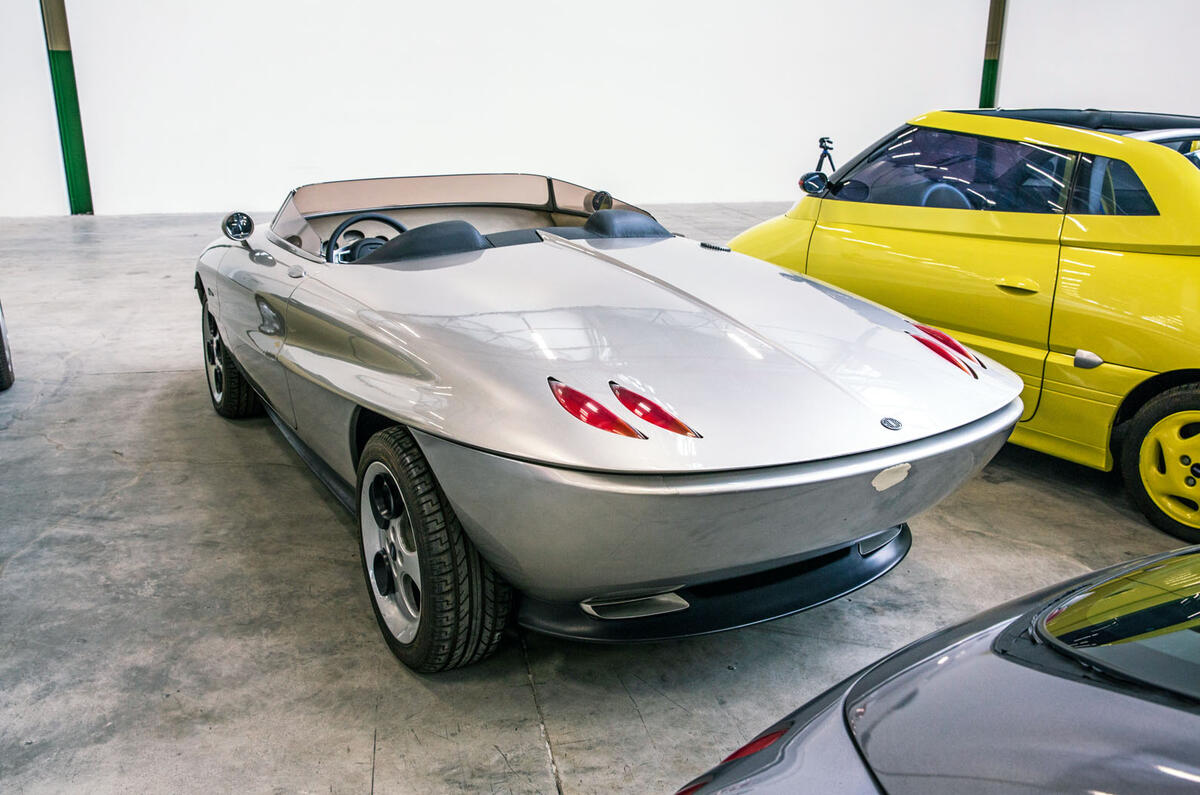
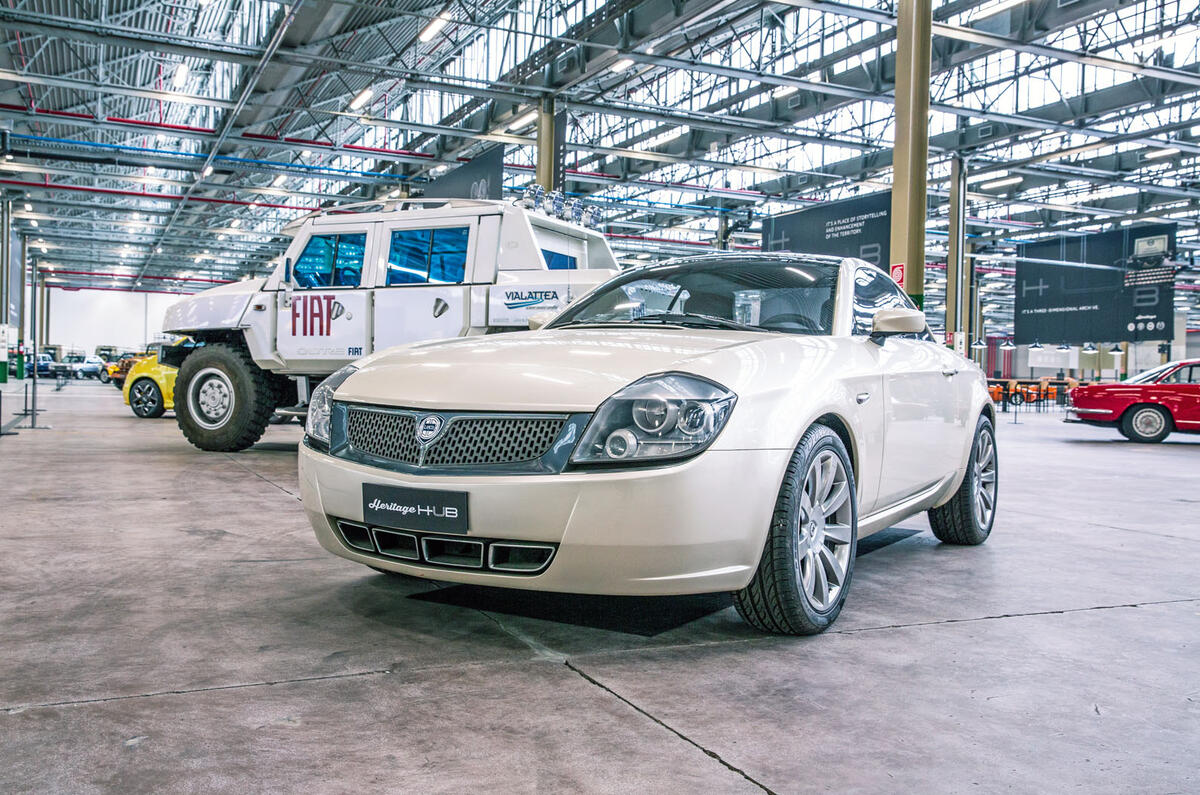
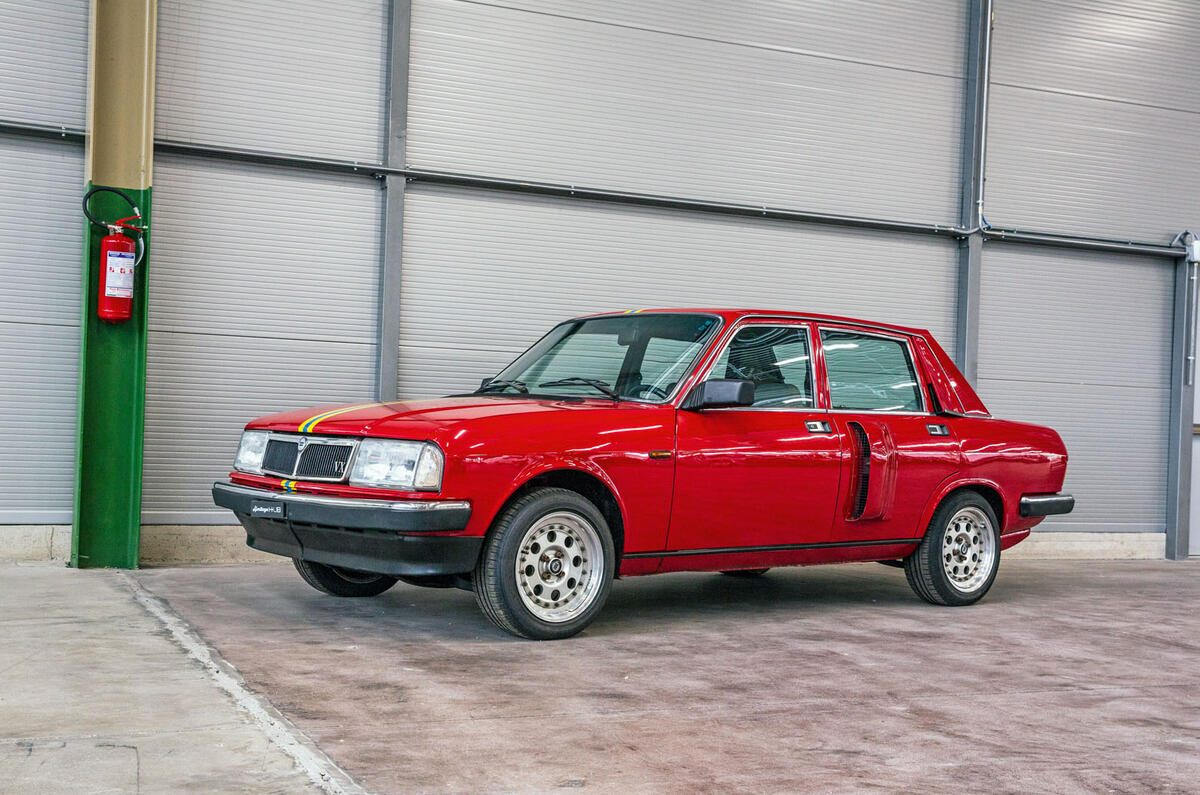
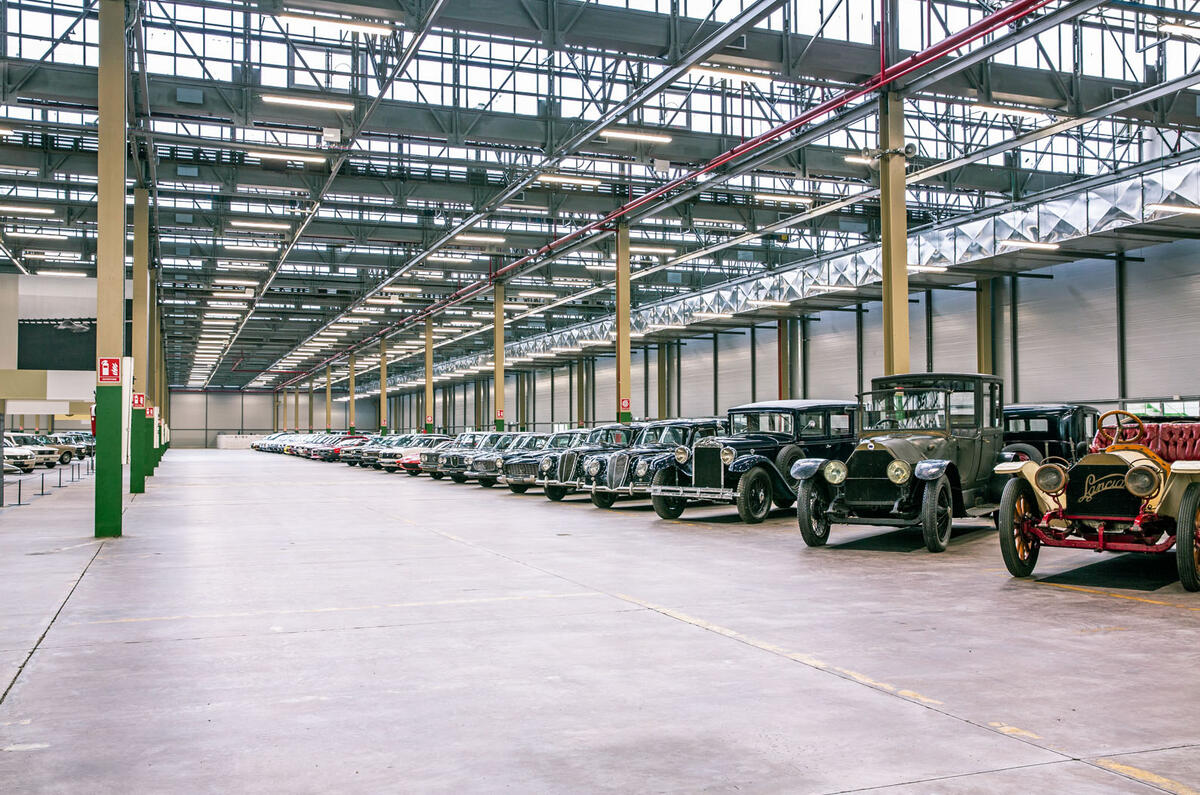
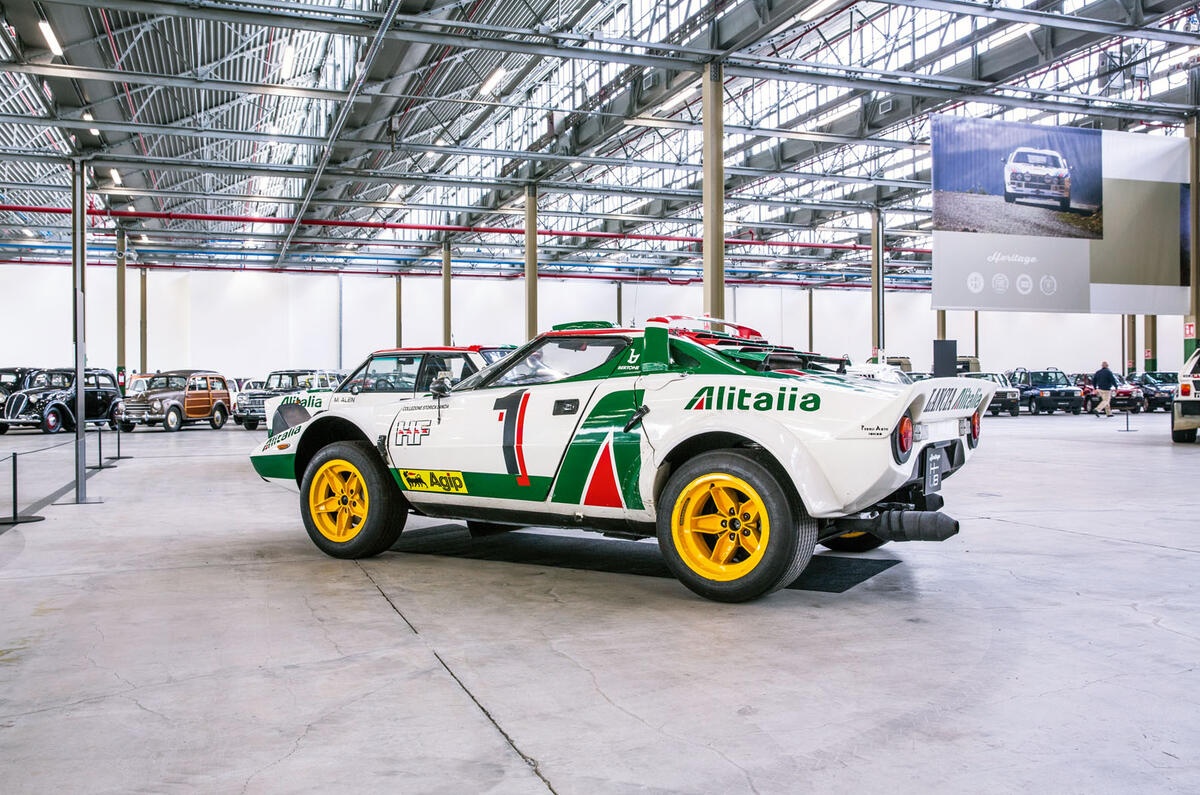
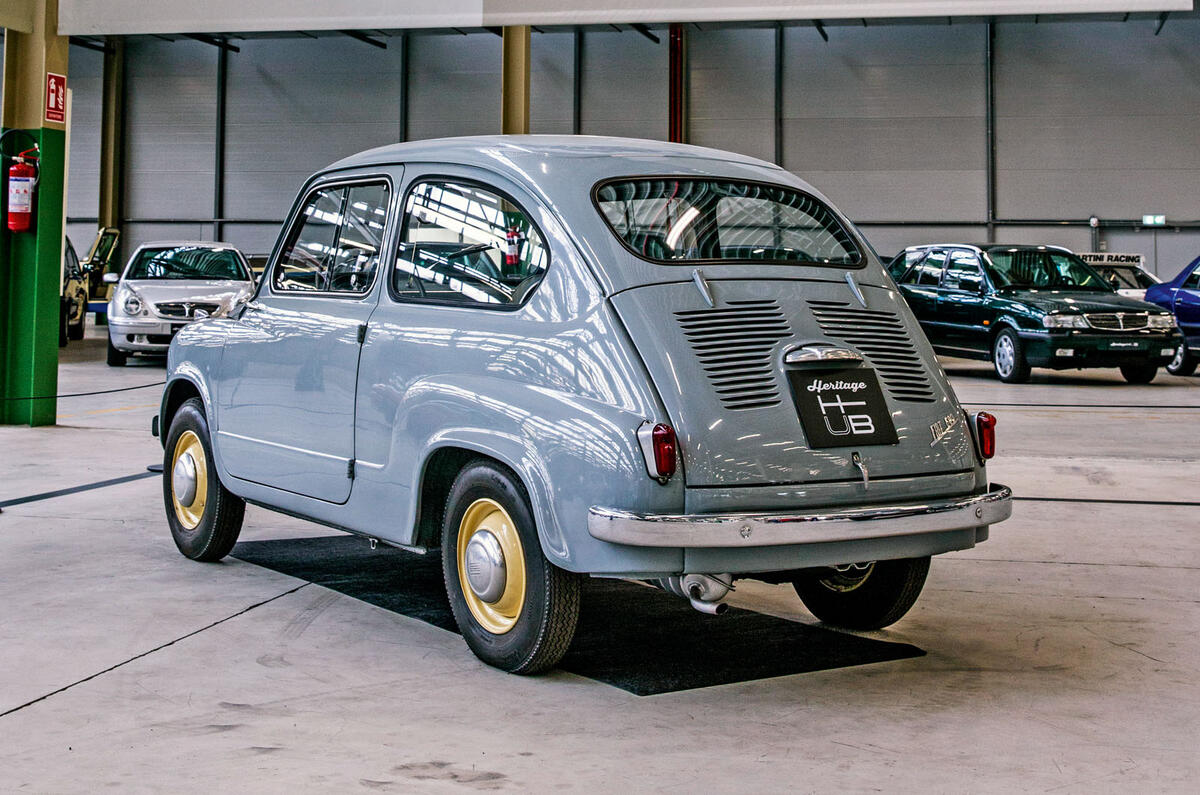
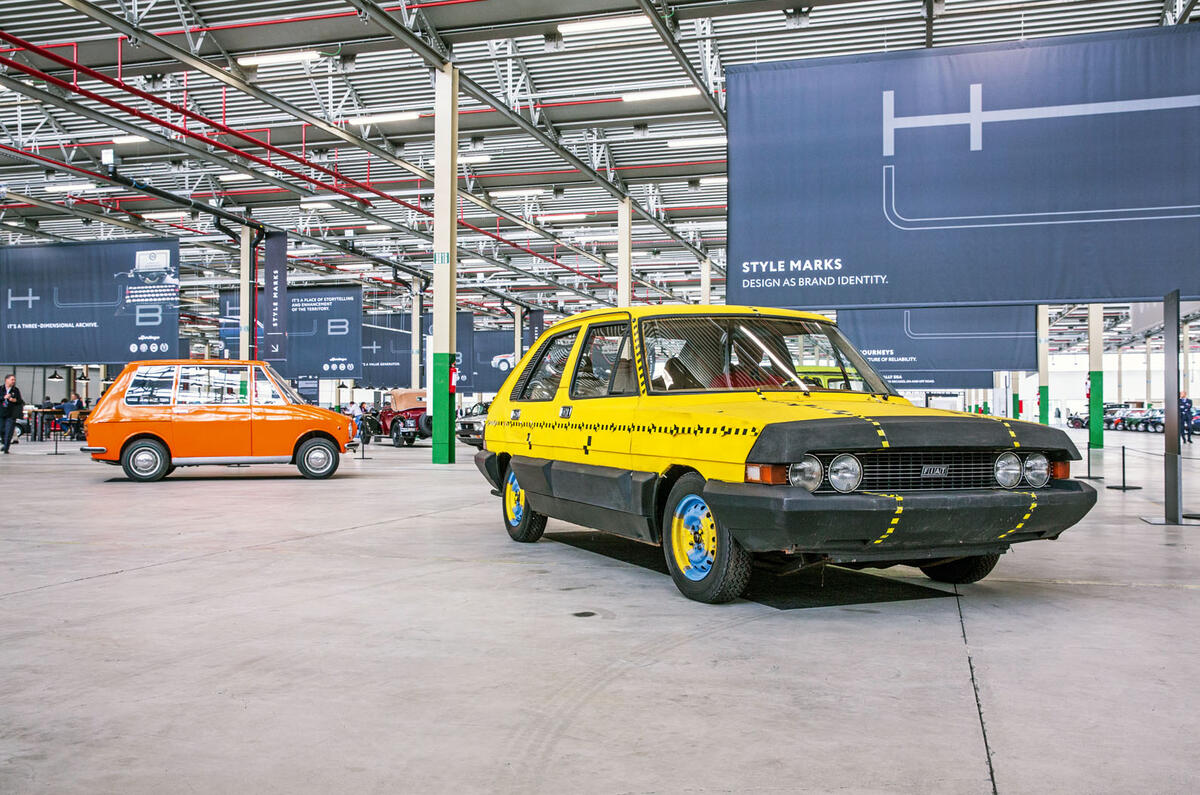
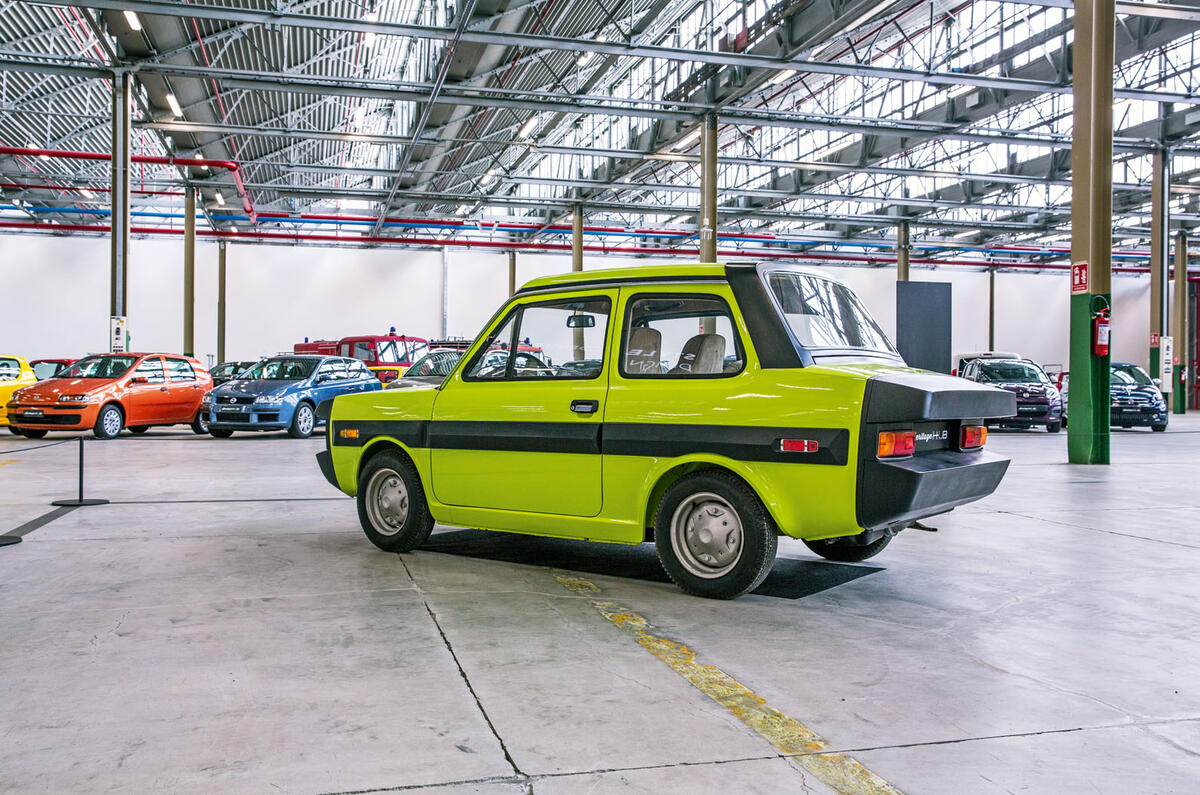
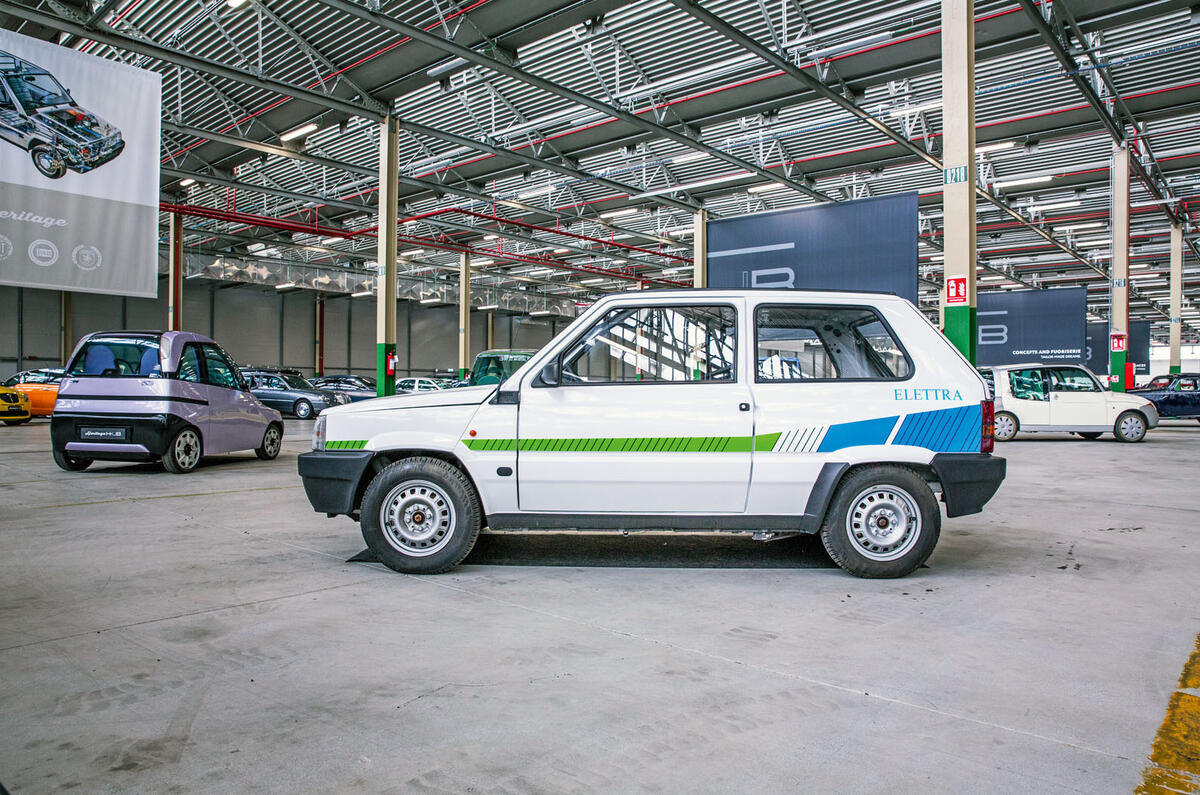
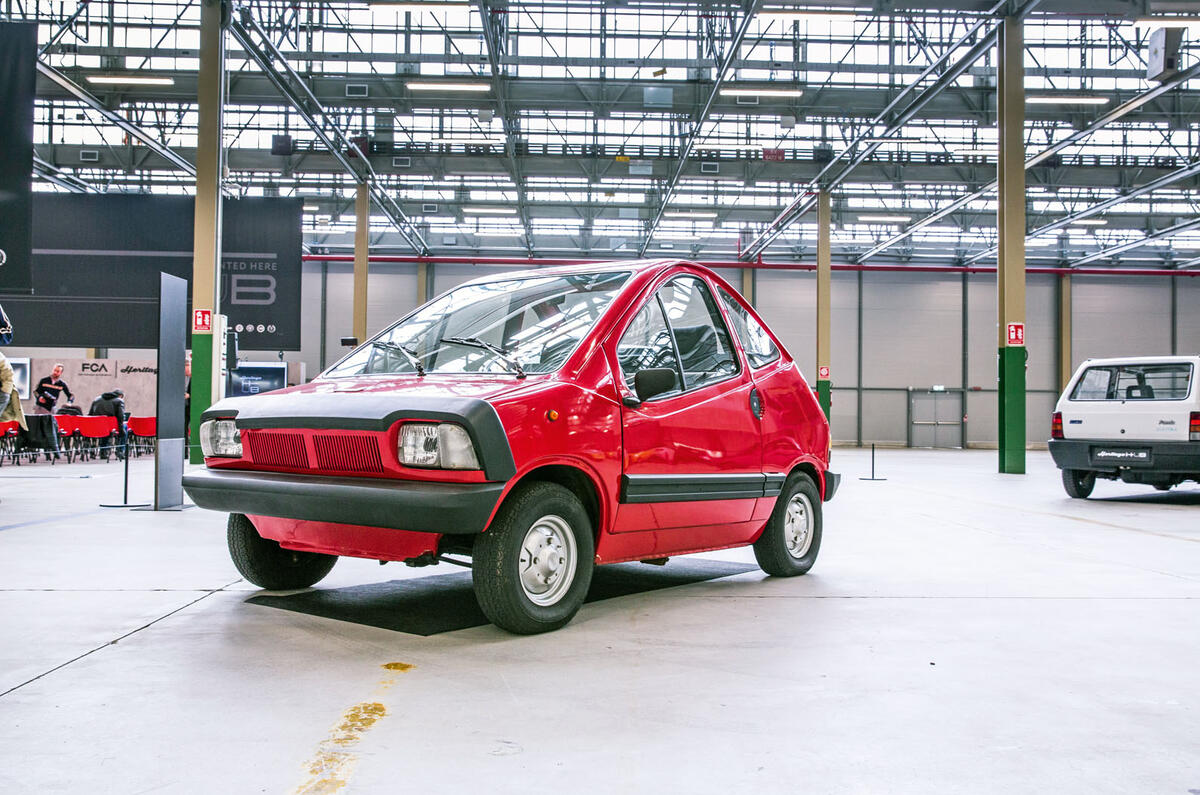
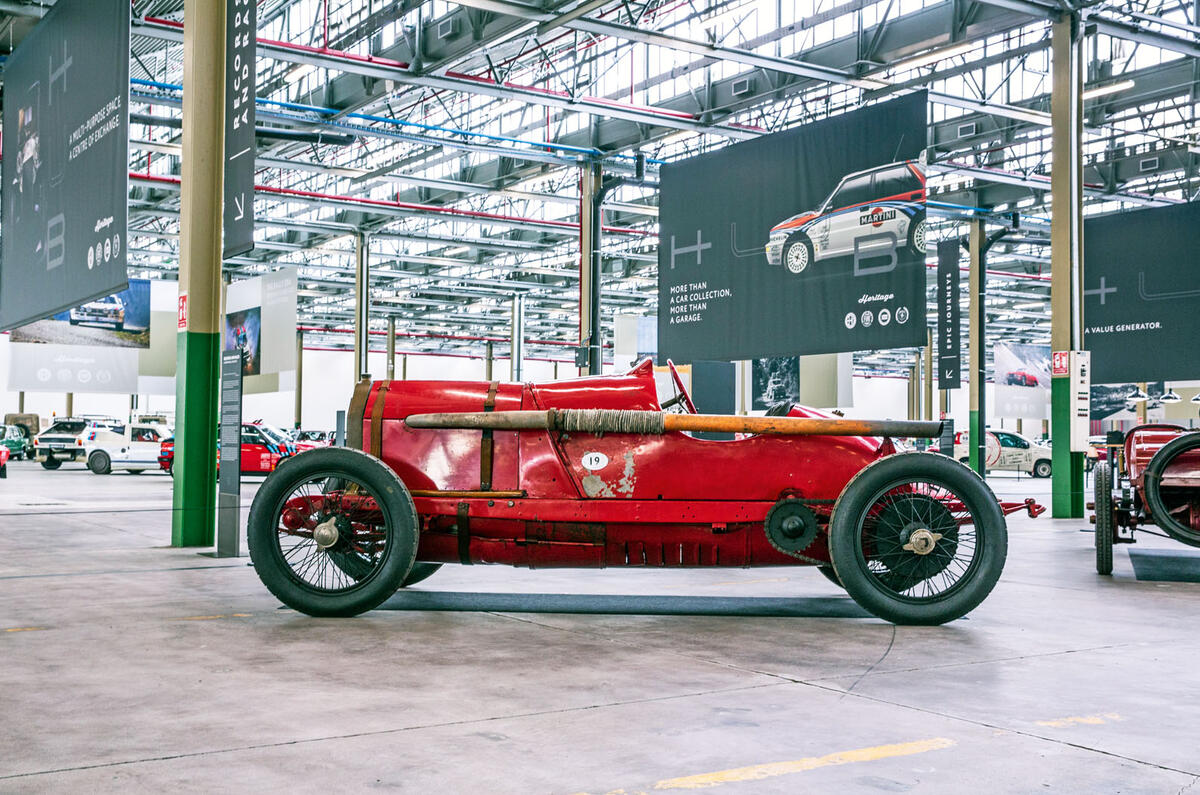
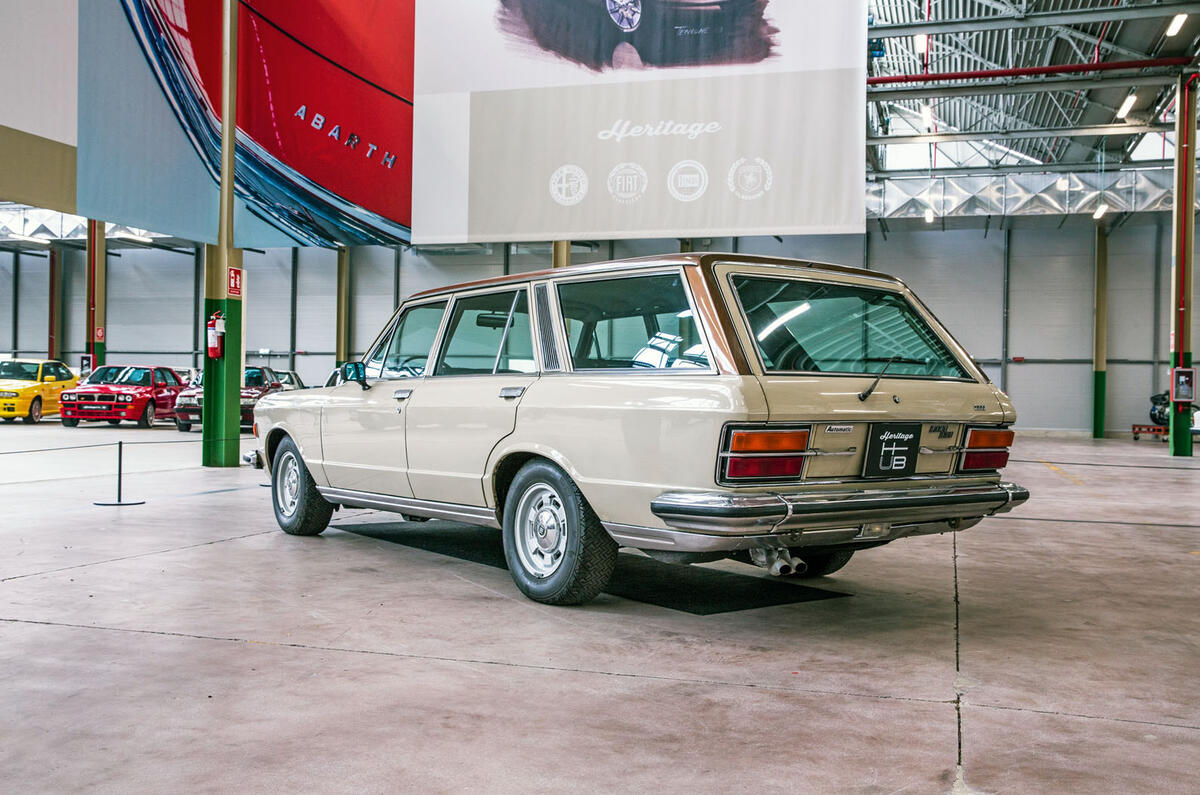
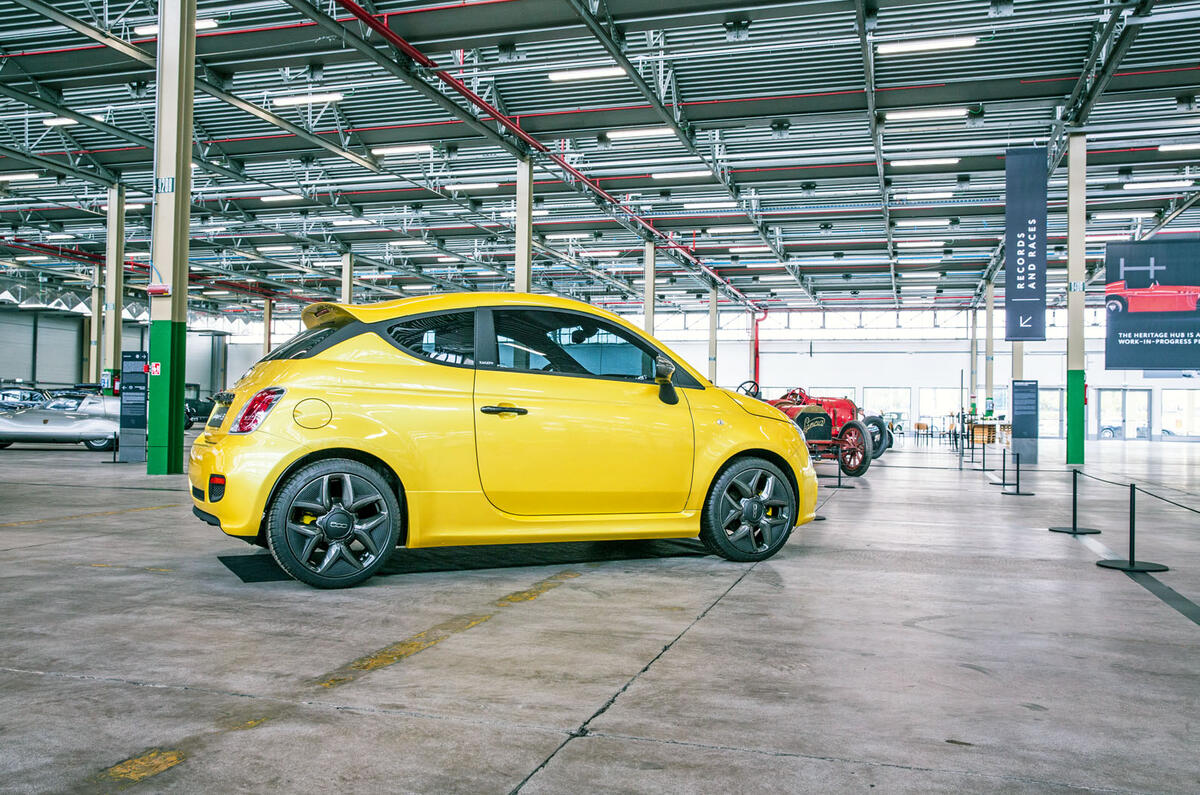
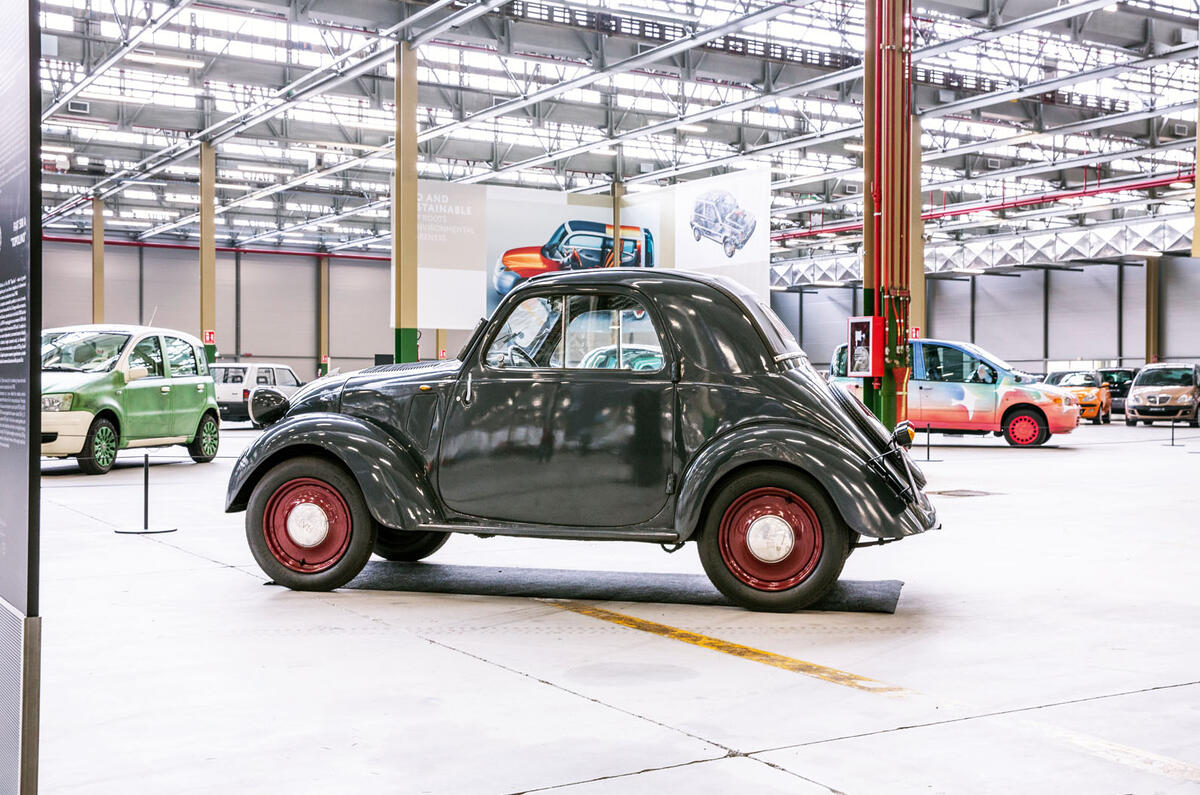
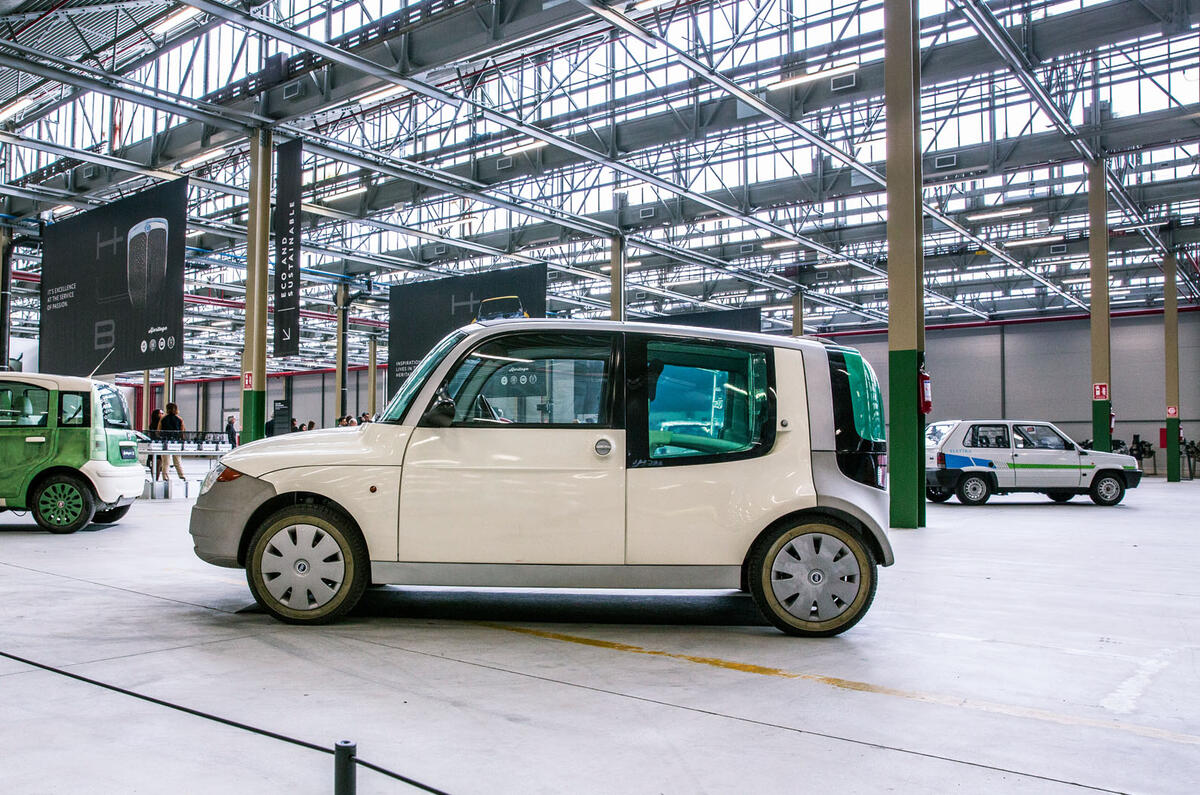
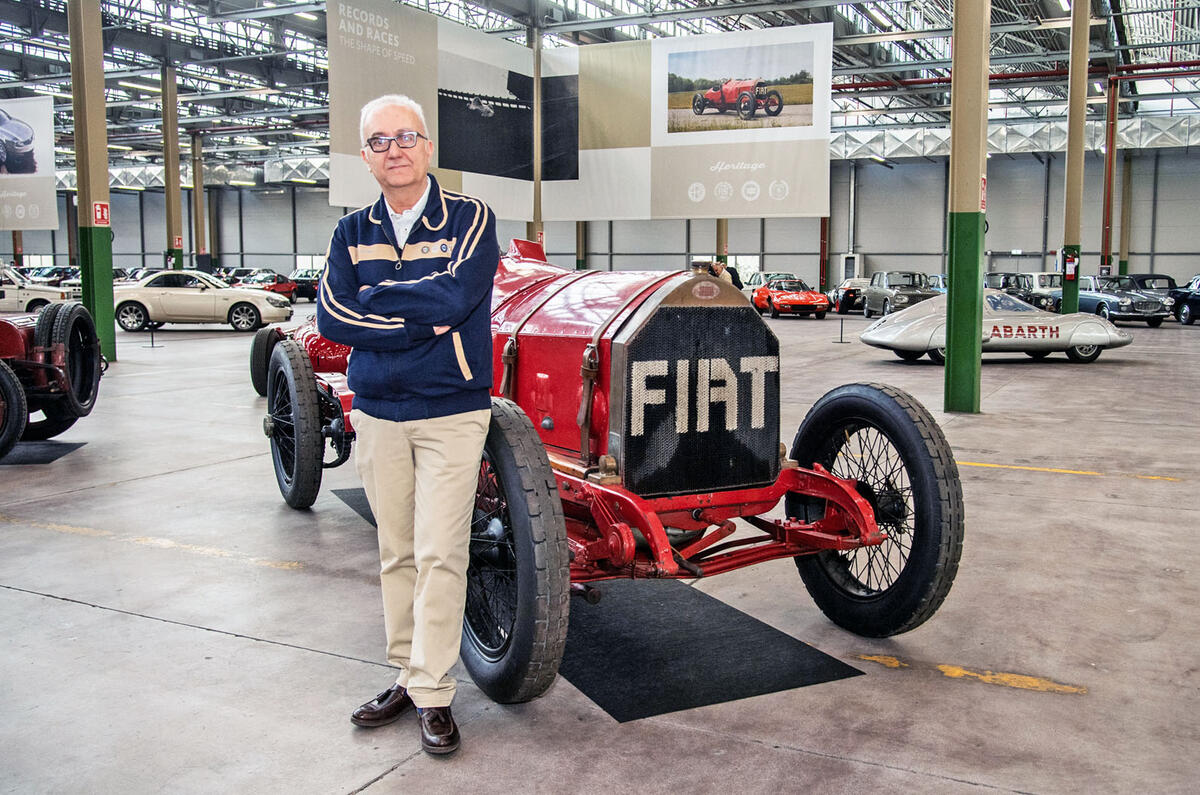
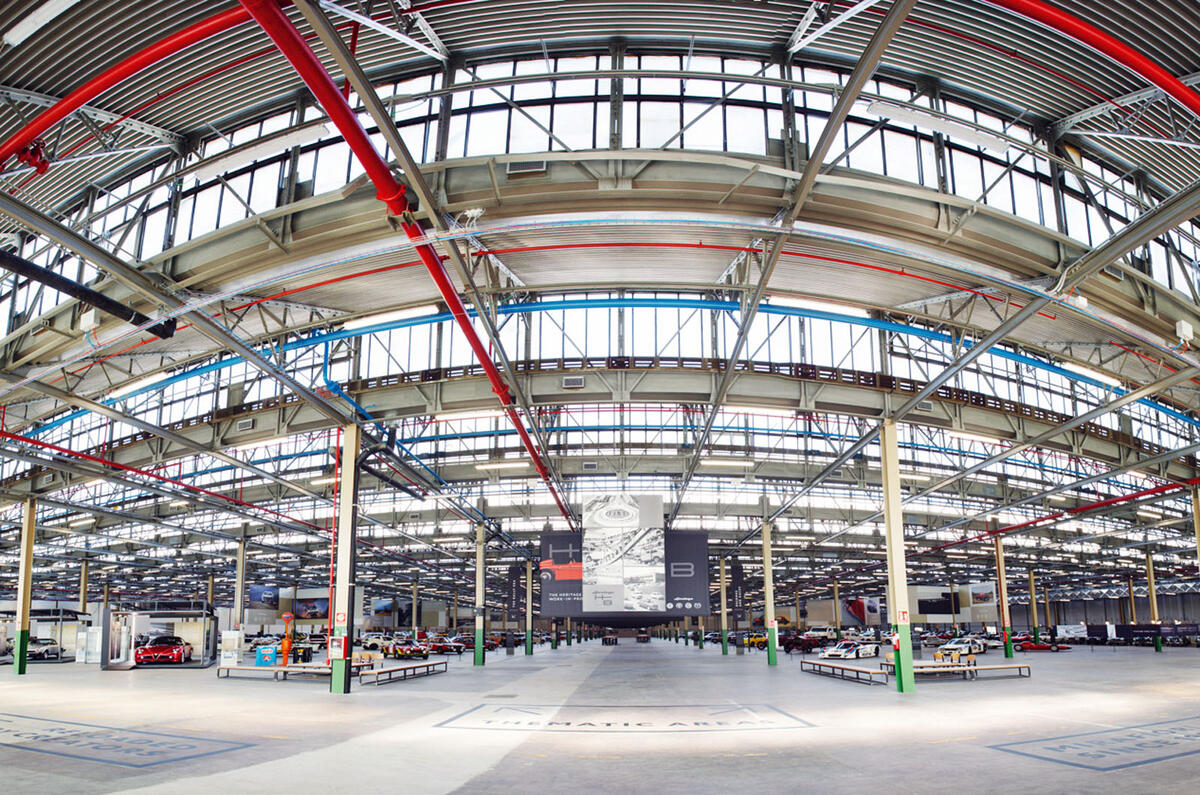


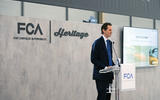




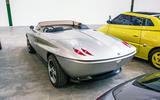
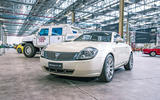
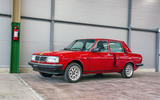
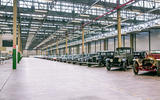
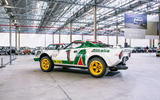

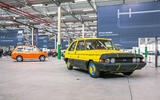
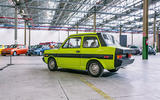
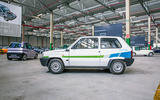



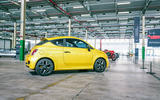
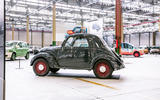
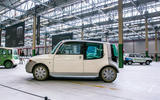

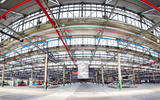
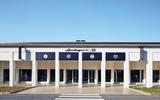


Join the debate
Add your comment
GREAT Collection!
So many interesting and important cars to choose from - love the SCIA 3169. If I had to choose one to take home and cherish forever, however, it would have to be the S61. Immense fun and exhilaration at any speed!!!
I love this
Sorry for being cynical
Sundym wrote:
You evidently know precious little about the marque. The X1/23 and safety concept vehicles alone are wonderful to see preserved.